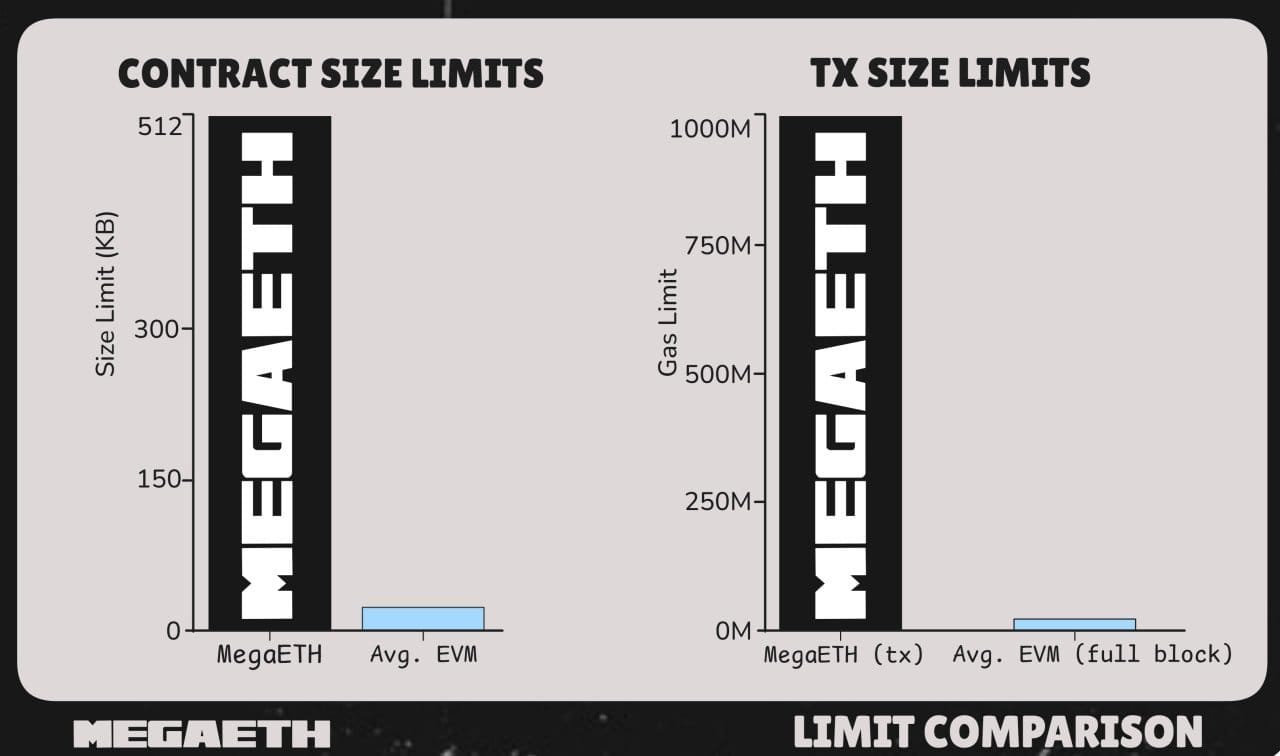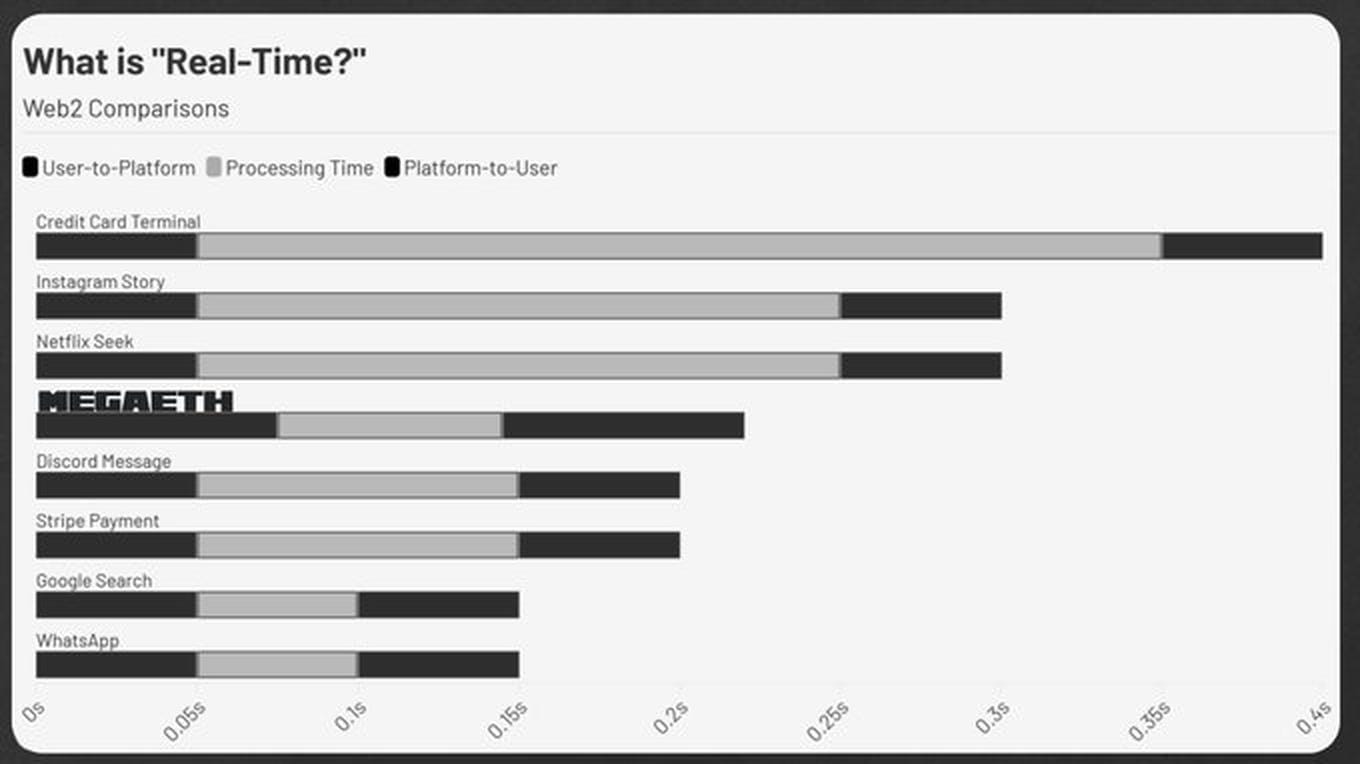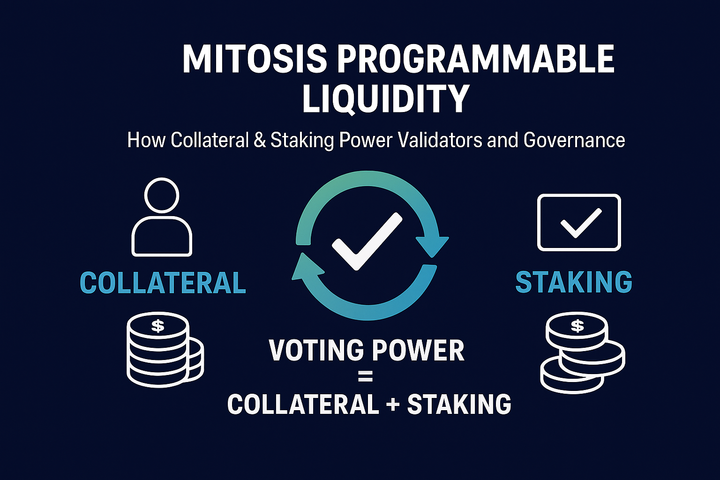5 Things You Didn’t Know About MegaETH

INTRODUCTION
MegaETH is quickly rising as one of the most technically ambitious Layer 2 solutions built on Ethereum. Most people hear about its 100,000 TPS goal or sub-millisecond latency and think it’s just another scalability solution. But beneath the surface, MegaETH is a whole different beast. Built to power a new class of on-chain applications that don’t just need throughput, but speed, parallelism, and modular control.
In this article, we’ll explore five lesser-known truths about MegaETH that make it more than just fast and how it could evolve into an Ethereum-native powerhouse with the right ecosystem support.
MegaETH Could Eventually Outgrow Ethereum!
Right now, MegaETH is tightly coupled to Ethereum’s security layer, using zk-proofs and posting data to Ethereum’s mainnet. But thanks to its modular design, MegaETH has the formula to evolve into a standalone sovereign chain or even become a hub for real-time appchains.
What this means:
It could add native validator staking for security.
Launch sidechains using the same high-speed infra.
Expand to non-EVM chains via custom bridges and state relays.
Example scenario:
A team could launch a high-speed L3 chain on MegaETH for a real-time MMO (massive multiplayer game). MegaETH would serve as the execution layer while Ethereum acts as the final settlement layer. But the game never has to touch Ethereum directly because every in-game action happens in milliseconds and is finalized on-chain.

Modular Node Architecture Powers Next-Level Performance
Most L2s like Arbitrum or Optimism rely on generalized nodes where one machine handles everything: validation, execution, and communication. This leads to inevitable congestion as the network scales. MegaETH breaks this mold with a modular node design:
Sequencers process and order transactions.
Full Nodes handle state and verification.
Provers generate zero-knowledge proofs for rollup security.
Why it matters: This specialization allows MegaETH to operate more like a high-frequency trading engine than a blockchain. Each node type is optimized for its task, avoiding performance drag from multi-role bottlenecks.

MegaETH has real time speed
While other L2s boast “low latency” in the 1–2 second range, MegaETH operates in the sub-millisecond realm. That’s not just fast, it’s fast enough to compete with web2 cloud infrastructure.

What this unlocks:
Real-time auctions: NFTs, ad impressions, or digital collectibles can be auctioned live with updates in milliseconds.
Live sports betting: Odds can update instantly based on game conditions, without relying on off-chain oracles.
AI model inference: On-chain models can query and respond in milliseconds, enabling smart contracts to react to real-world conditions.
The Hidden Power of a Native Real-Time DEX
Here’s where MegaETH’s true potential remains untapped: It doesn’t yet have its own decentralized exchange (DEX). But if it did, it could be revolutionary.
Today’s DEXes on Ethereum or other L2s rely on block-by-block price updates and slow matching engines. On MegaETH, a DEX could offer:
Real-time order books
Zero slippage trades
Instant arbitrage execution
Flash-loan ecosystems that rival TradFi latency

Imagine a hedge fund building a high-frequency trading bot that arbitrages between tokens on MegaETH's native DEX and another chain. The speed at which MegaETH finalizes trades [faster than any other Layer 2] means the bot could execute strategies previously only possible on centralized exchanges like Binance or Coinbase.
A native DEX would also be the heart of a liquidity flywheel, drawing TVL and active users into MegaETH’s real-time environment, creating a foundation for lending, gaming economies, and prediction markets.
MegaETH Is Built for High-Frequency AI + On-Chain Compute
Most blockchains can’t handle the demands of live AI decision-making, where transactions must trigger complex computations with low latency.
MegaETH’s unique architecture and near-zero block time makes it one of the only chains capable of running real-time inference loops.
What’s possible:
Smart agents executing investment strategies live.
On-chain NPCs in games making decisions every frame.
DAOs reacting in real time to market data or user behavior.

Conclusion
Most people see MegaETH as a “fast Layer 2.” But it’s much more:
A modular, ultra-low-latency execution layer.
A platform for real-time decentralized apps.
A potential home for next-gen DEXes and AI services.
The missing piece? Ecosystem depth. A native DEX, more high-speed dApps, AI tooling, and deep liquidity layers will take it from promising to unstoppable.
If it succeeds, MegaETH won't just scale Ethereum, it’ll redefine what on-chain performance means.
BE PART OF THE GROWTH!

~GMEGA



Comments ()